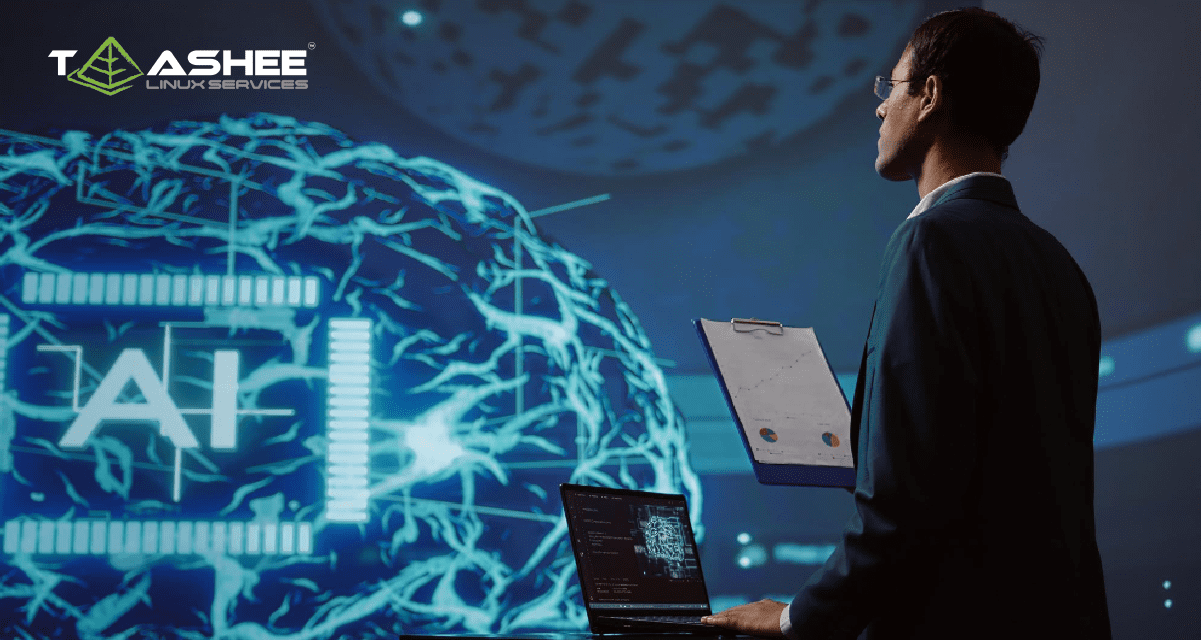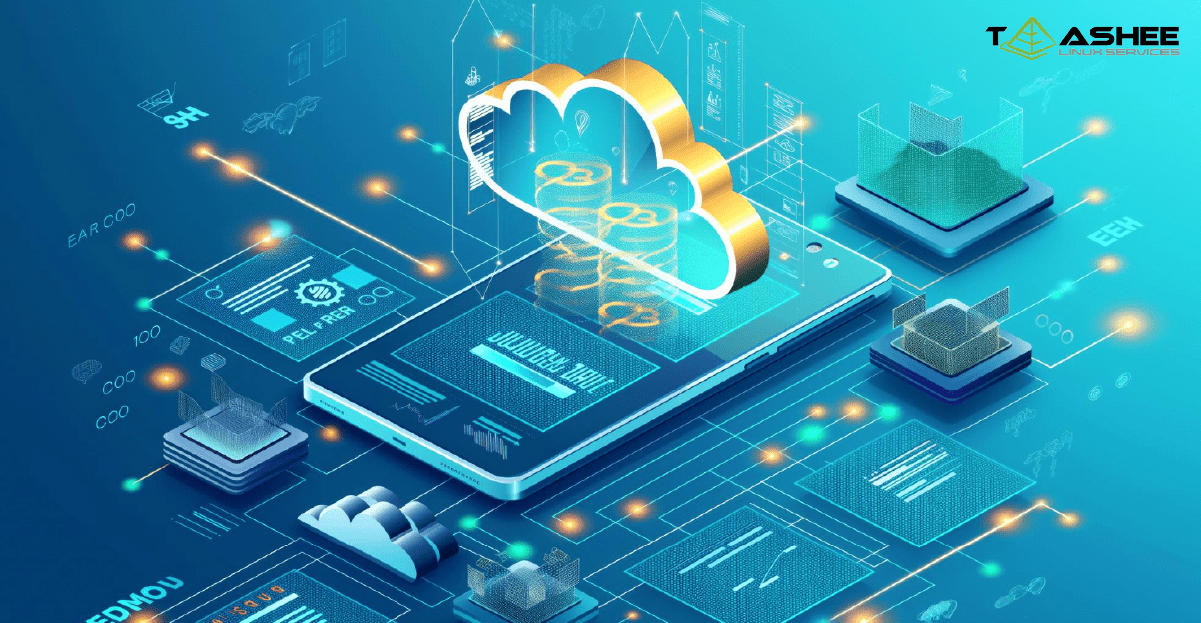Enterprises won’t be graded in 2026 on the flashiness of their demos, they’ll be judged on how safely, explainably, and cost-consciously they run AI in production. In BFSI, Government, Education, Healthcare and Telecom, the differentiator is an operating model that makes models first-class artifacts: versioned, signed, gated by policy, budget-bounded on GPUs, and observable for audit on demand. If your AI pipeline still lives outside CI/CD and evidence is a quarter-end scramble, you don’t have a strategy; you have exposure.
What changed, and why it matters
- AI supply chain = security perimeter. Models, adapters, prompts, datasets and plugins all need provenance, signatures and attestations enforced in the pipeline, not in a PDF.
- GPU FinOps is a board metric. Burst when needed, shut down when idle, and track unit economics per workflow.
- Compliance moves to runtime. Controls must block non-conforming releases and emit export-ready evidence continuously.
The Taashee pattern (operator’s view)
- Model SBOM + signatures: SBOMs for base models, adapters, datasets; release gates reject unsigned artifacts.
- Policy-as-Code in the path to prod: Admission controllers enforce residency, PII/PHI constraints, bias and red-team thresholds.
- Budget-gated GPUs: Per-team ceilings; preemptive rules for burst vs baseline work; idle shutdowns by default.
- Runtime evidence: Trace prompts, guardrail triggers and mitigations; alerts are mapped to control IDs for audit.
- Platform team over heroes: Platform, data stewards, security and domain SMEs collaborate through the same pipeline.

Where this lands by industry
- BFSI: KYC/loan decisions require lineage and explainability; AI changes are gated like code.
- Public sector: Residency and sovereign controls are non-negotiable; every response leaves a reviewable footprint.
- Education: Semester peaks demand elastic capacity; off-season costs collapse with policy-driven shutdown.
Conclusion
AI will not “mature into safety” by accident. It matures when governance is compiled into the pipeline and cost is treated as a reliability signal. Treat models like software artifacts, wire controls as code, and make evidence as routine as logs. That is the difference between pilot theatre and a production discipline the board – and regulators – can trust. Taashee brings the connective tissue: content governance, DevSecOps→ModelOps tooling, GPU guardrails, and day-2 compliance that works at runtime, not just on slides.




